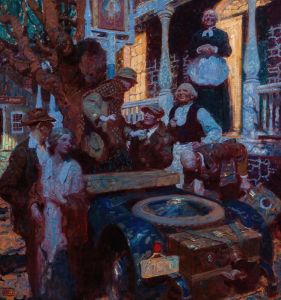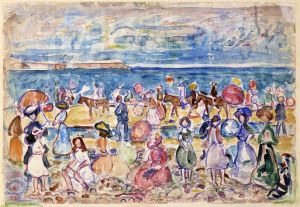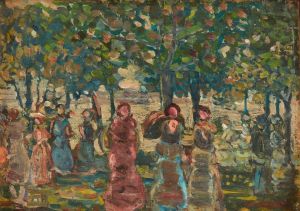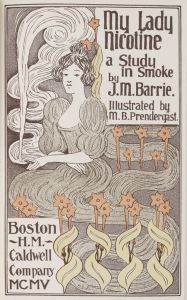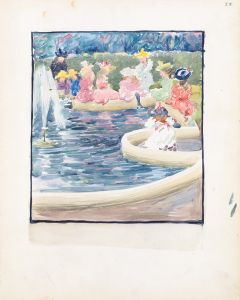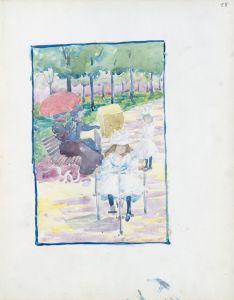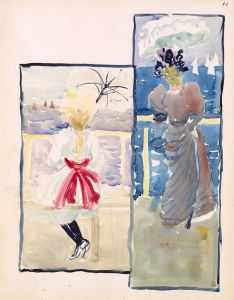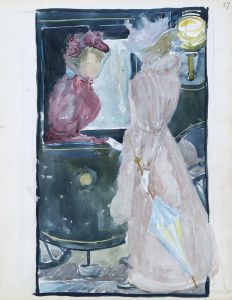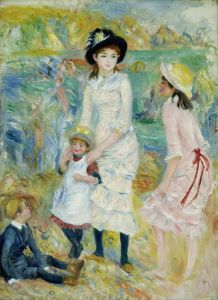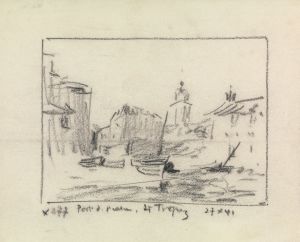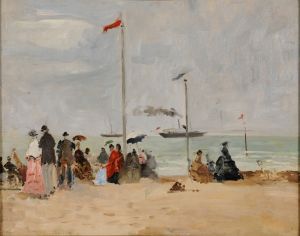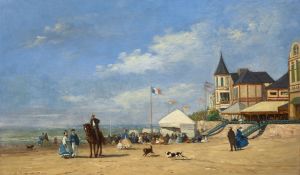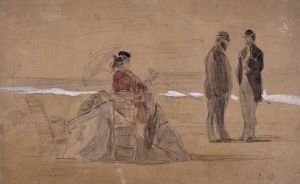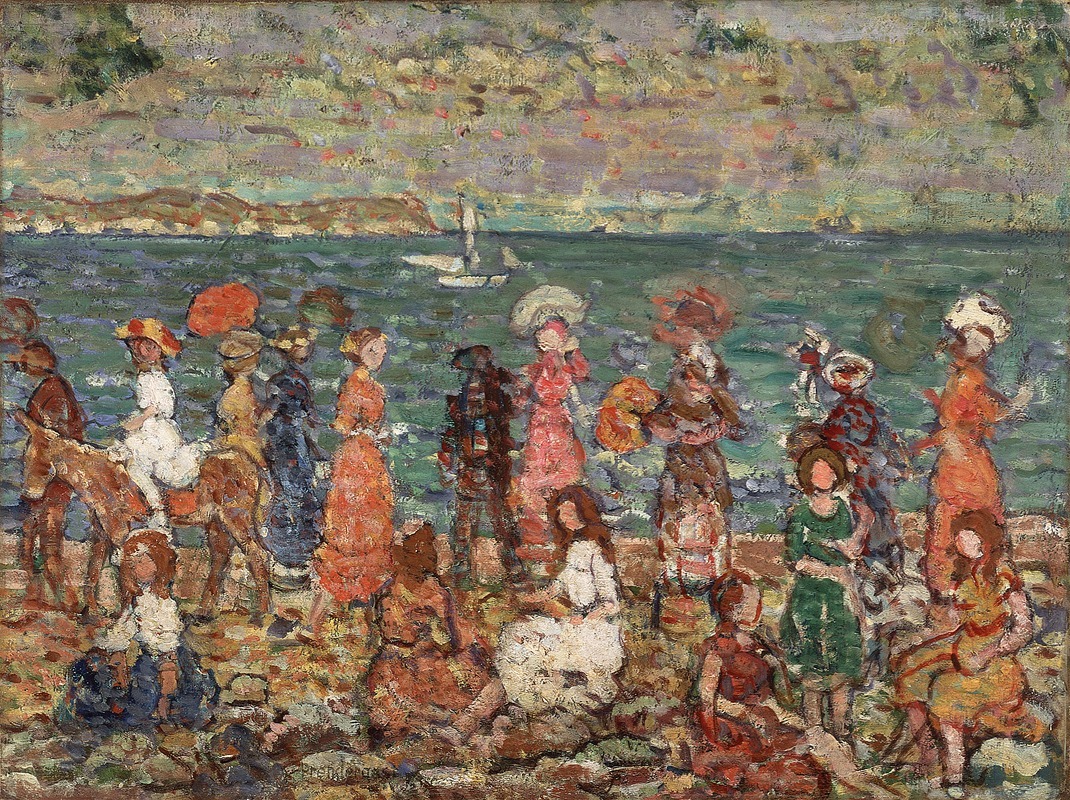
Seashore
A hand-painted replica of Maurice Prendergast’s masterpiece Seashore, meticulously crafted by professional artists to capture the true essence of the original. Each piece is created with museum-quality canvas and rare mineral pigments, carefully painted by experienced artists with delicate brushstrokes and rich, layered colors to perfectly recreate the texture of the original artwork. Unlike machine-printed reproductions, this hand-painted version brings the painting to life, infused with the artist’s emotions and skill in every stroke. Whether for personal collection or home decoration, it instantly elevates the artistic atmosphere of any space.
"Seashore" is a painting by the American artist Maurice Prendergast, known for his vibrant use of color and innovative approach to composition. Prendergast was a prominent figure in the American Post-Impressionist movement and was associated with the group known as The Eight, which sought to challenge the conservative art establishment of the early 20th century.
Maurice Prendergast was born in St. John's, Newfoundland, in 1858, and later moved to Boston, Massachusetts. He studied art in Paris at the Académie Colarossi and the Académie Julian, where he was influenced by the works of the Impressionists and Post-Impressionists, particularly Pierre Bonnard and Édouard Vuillard. Prendergast's style is characterized by his use of bold colors, flattened forms, and a decorative, almost mosaic-like quality.
"Seashore" exemplifies Prendergast's unique approach to painting, where he often depicted leisurely scenes of people enjoying parks, beaches, and other public spaces. This painting captures a lively beach scene, filled with figures engaged in various activities. The composition is bustling with life, yet it maintains a harmonious balance through Prendergast's masterful arrangement of color and form.
Prendergast's technique involved the use of watercolor and oil paints, and he was known for his ability to blend these mediums to create rich, textured surfaces. In "Seashore," his use of color is particularly striking, with vibrant blues, greens, and reds that convey the energy and movement of the scene. The figures in the painting are stylized, with simplified forms that emphasize the overall pattern and rhythm of the composition rather than individual details.
The painting reflects Prendergast's interest in capturing the essence of modern life and leisure during the early 20th century. His work often depicted the burgeoning middle class enjoying new forms of recreation and social interaction, a theme that resonated with the changing social dynamics of the time. "Seashore" is a testament to Prendergast's ability to convey the joy and vibrancy of these experiences through his innovative artistic vision.
Prendergast's work was well-received during his lifetime, and he exhibited widely in both the United States and Europe. He was a member of the National Academy of Design and participated in the landmark Armory Show of 1913, which introduced American audiences to European modernism. Today, Prendergast is celebrated as a key figure in American art history, and his paintings are held in major collections, including the Metropolitan Museum of Art and the Museum of Fine Arts, Boston.
"Seashore" remains an important example of Prendergast's contribution to American art, showcasing his distinctive style and his ability to capture the spirit of his time. Through his innovative use of color and form, Prendergast created a visual language that continues to resonate with audiences, offering a glimpse into the vibrant world of early 20th-century leisure and culture.






